The below statement by Housing Industry Association chief economist Tim Reardon neatly encapsulated why the Albanese government’s 1.2 million housing target has no chance of being achieved:
“We don’t have the industry getting to that 240,000 rate of build required within the next 10 years”.
Reardon is 100% correct with that assessment.
The Albanese government’s 1.2 million housing target requires 240,000 homes to be built every year for five consecutive years.
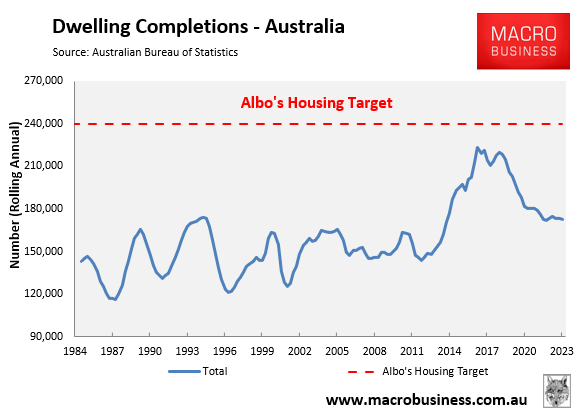
Australia has never met this level of construction before. The current record level of housing construction over a 12-month period was 223,600 in 2017, which was 7% below Labor’s target level of 240,000 homes.
This level of construction was achieved when the official cash rate was only 1.5%, versus 4.35% currently:
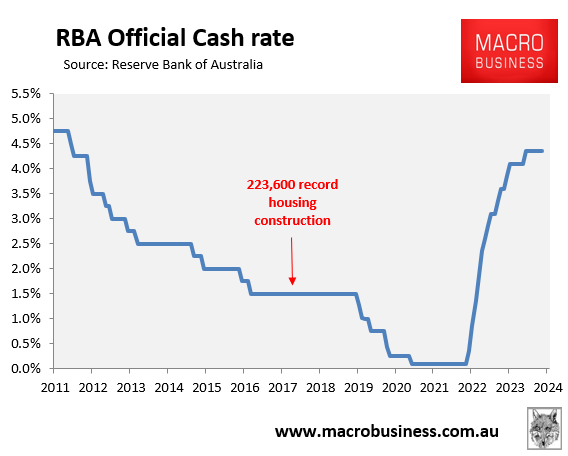
It was also achieved when construction costs were some 40% lower than currently:
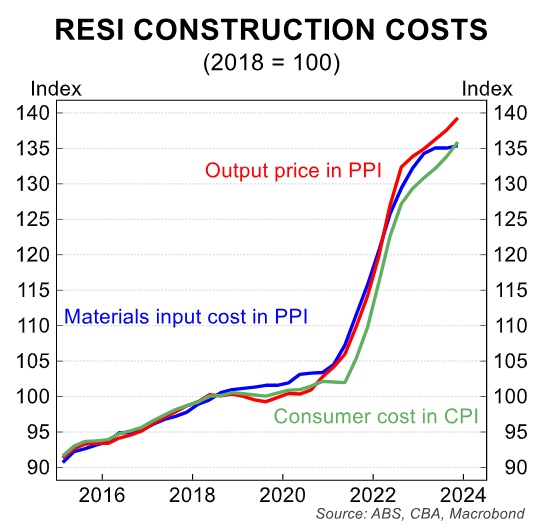
The residential building industry also wasn’t competing for scarce labour and materials against government ‘big build’ infrastructure projects:
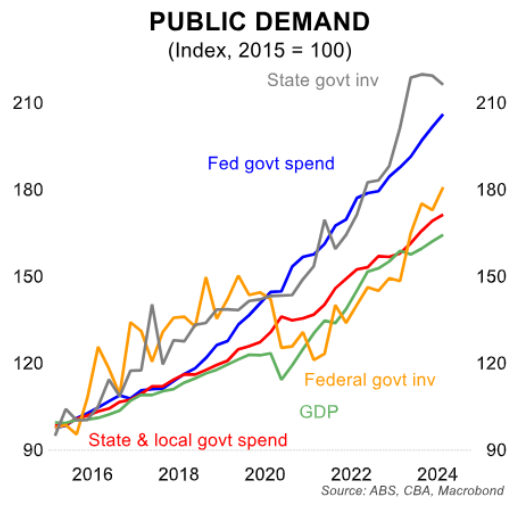
Finally, the residential construction sector in 2017 was not dealing with massive insolvencies:
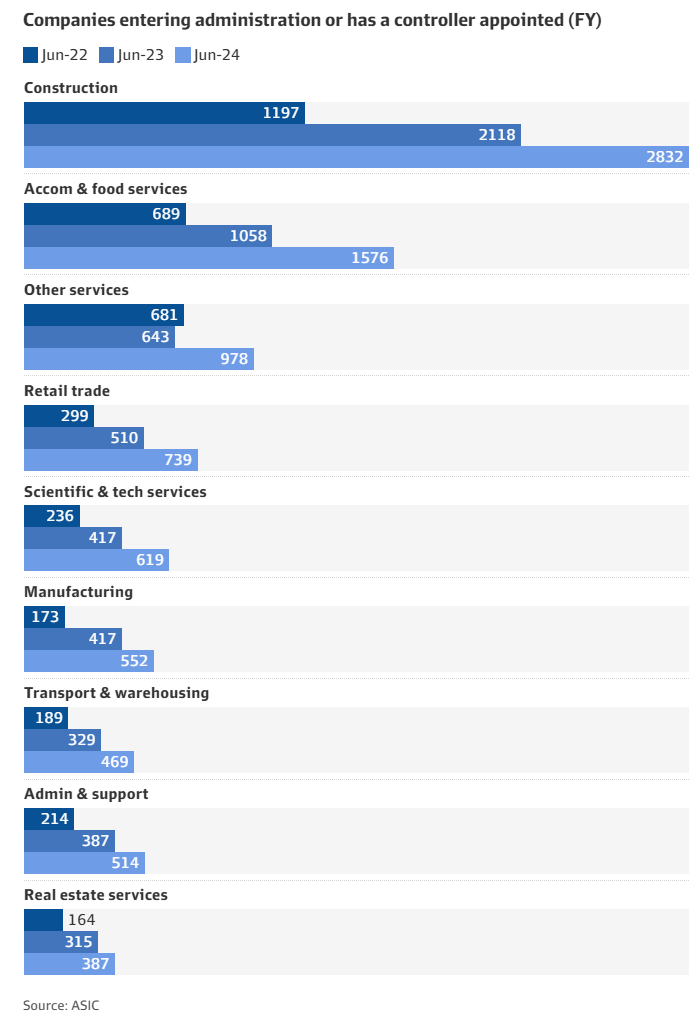
The sooner policymakers acknowledge that their housing targets are a fantasy the better.
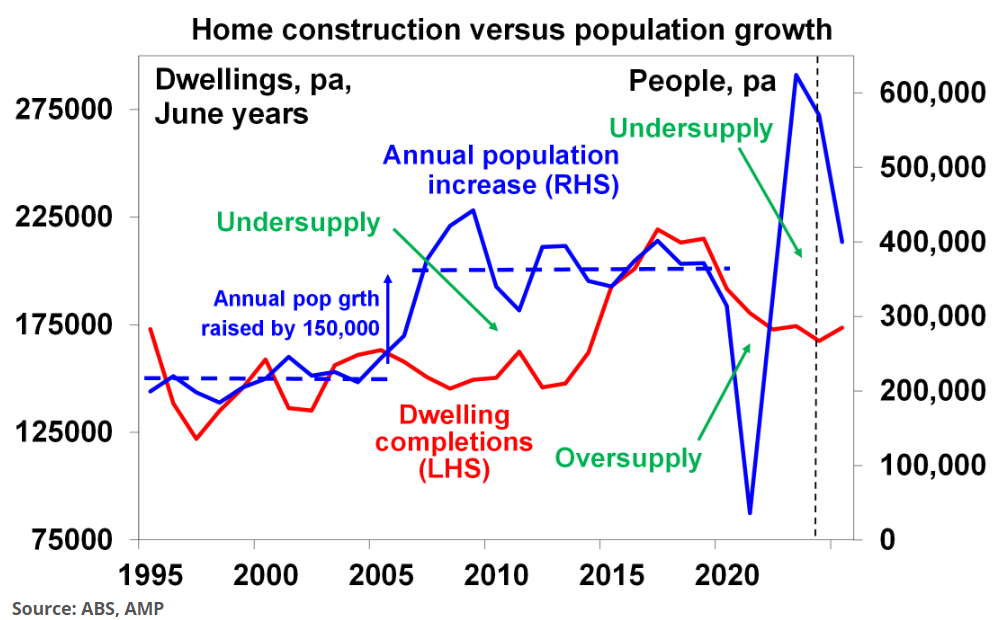
The truth of the matter is that the only solution to Australia’s housing shortage, conservatively estimated by AMP to be more than 200,000 homes, is for the federal government to slash net overseas migration.
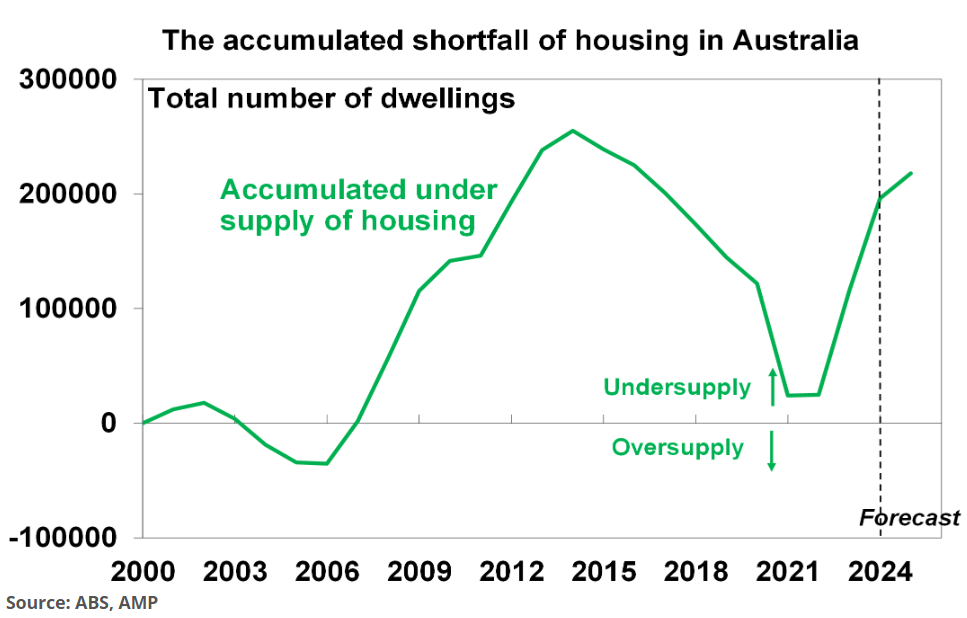
To eat into the accumulated housing shortage, net overseas migration must be reduced to a level that is below the nation’s capacity to build housing and infrastructure.
Yet, the latest Intergenerational Report projects that net overseas migration will run at 235,000 per year into eternity, swelling the nation’s population to 40.5 million in just 39 years—equivalent to adding another Sydney, Melbourne, and Brisbane to the current population of 27 million:
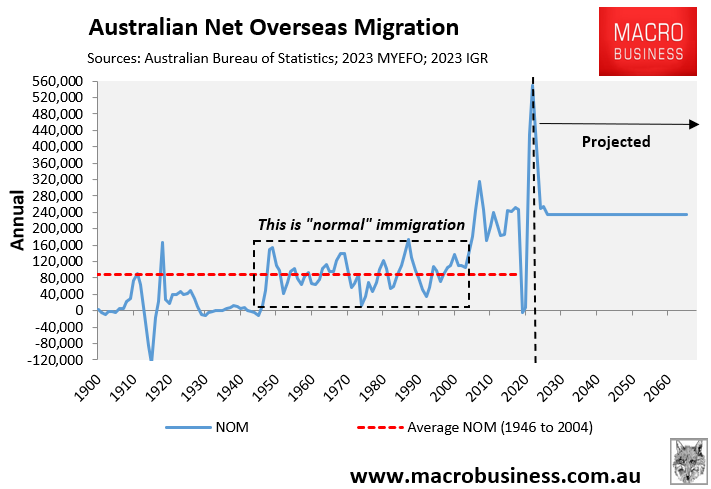
Such extreme immigration will guarantee that Australia remains in a permanent housing shortage while also transforming Australia’s major cities into high-rise ghettos.

